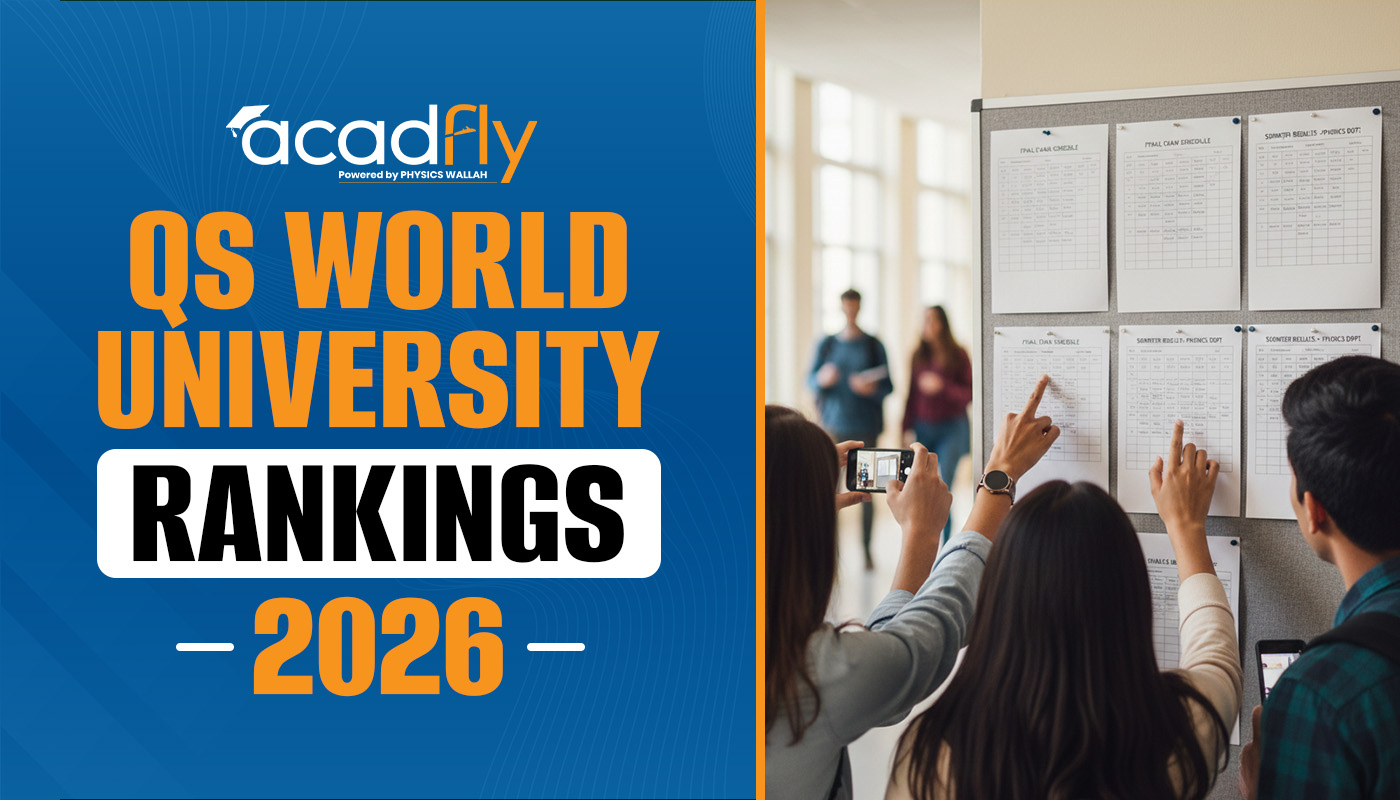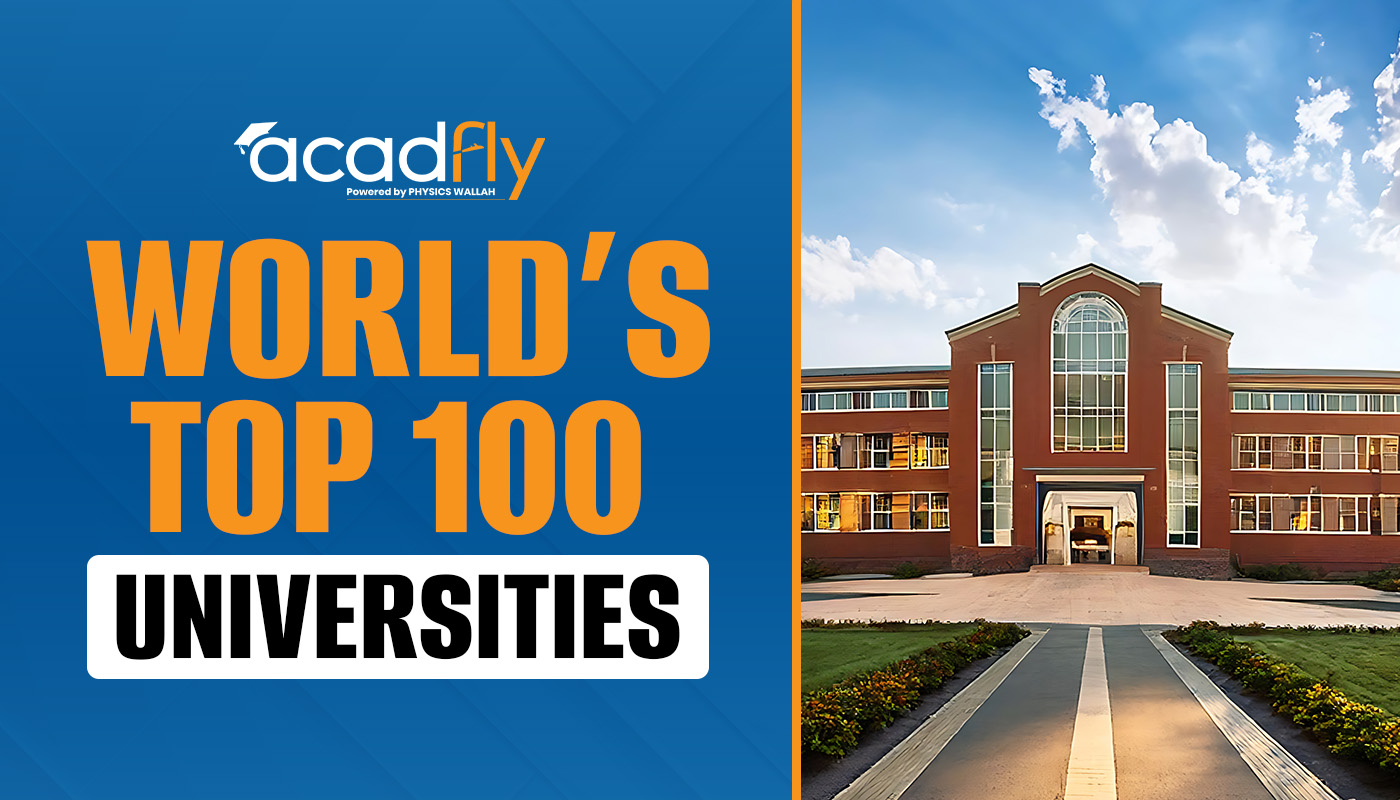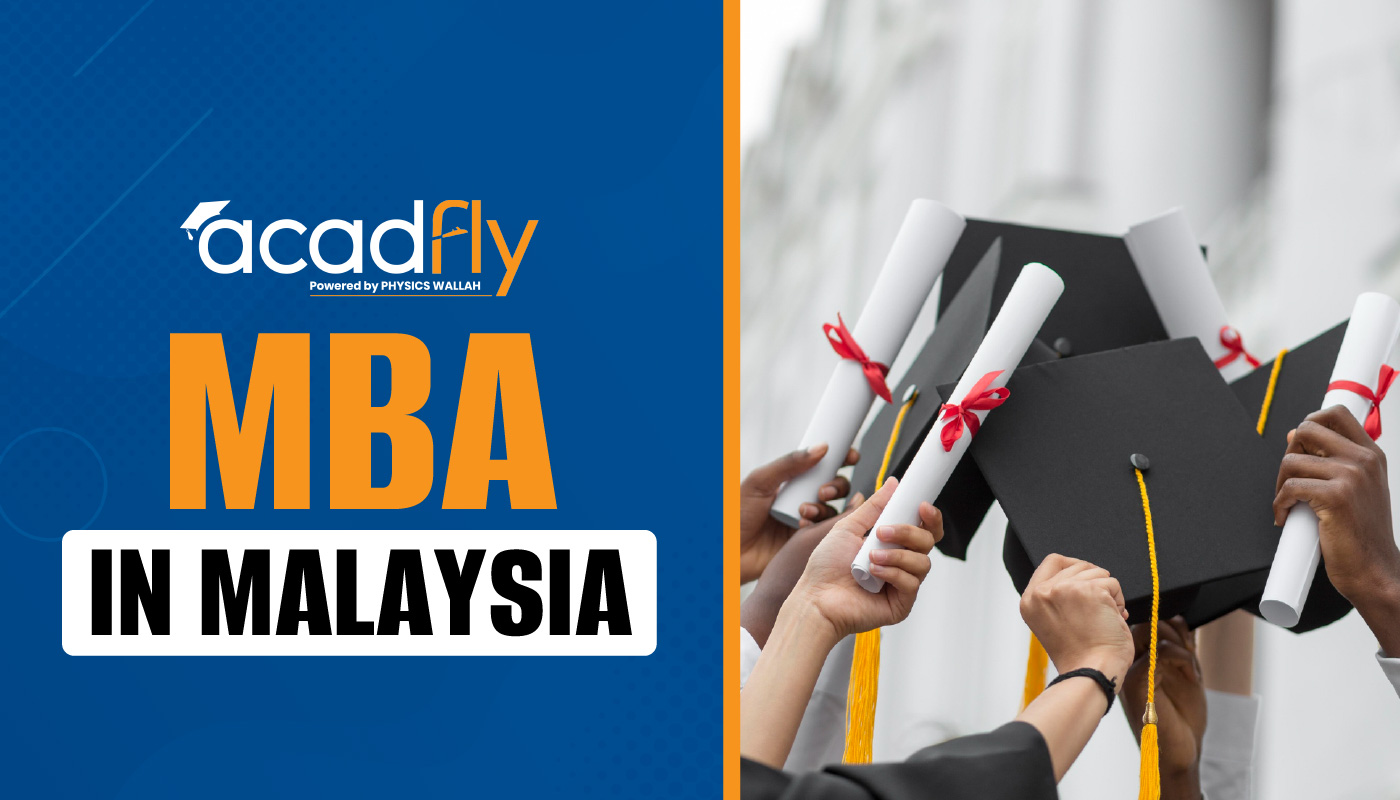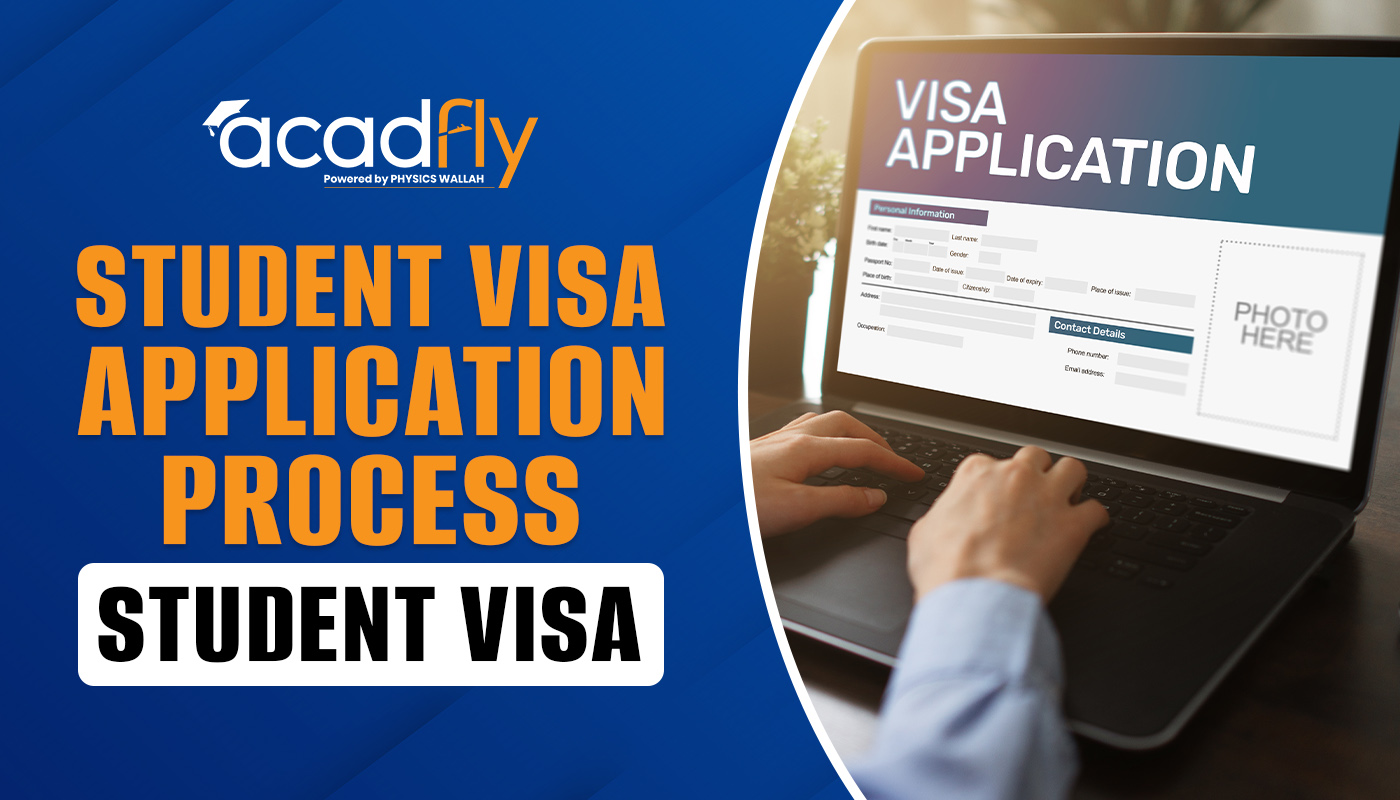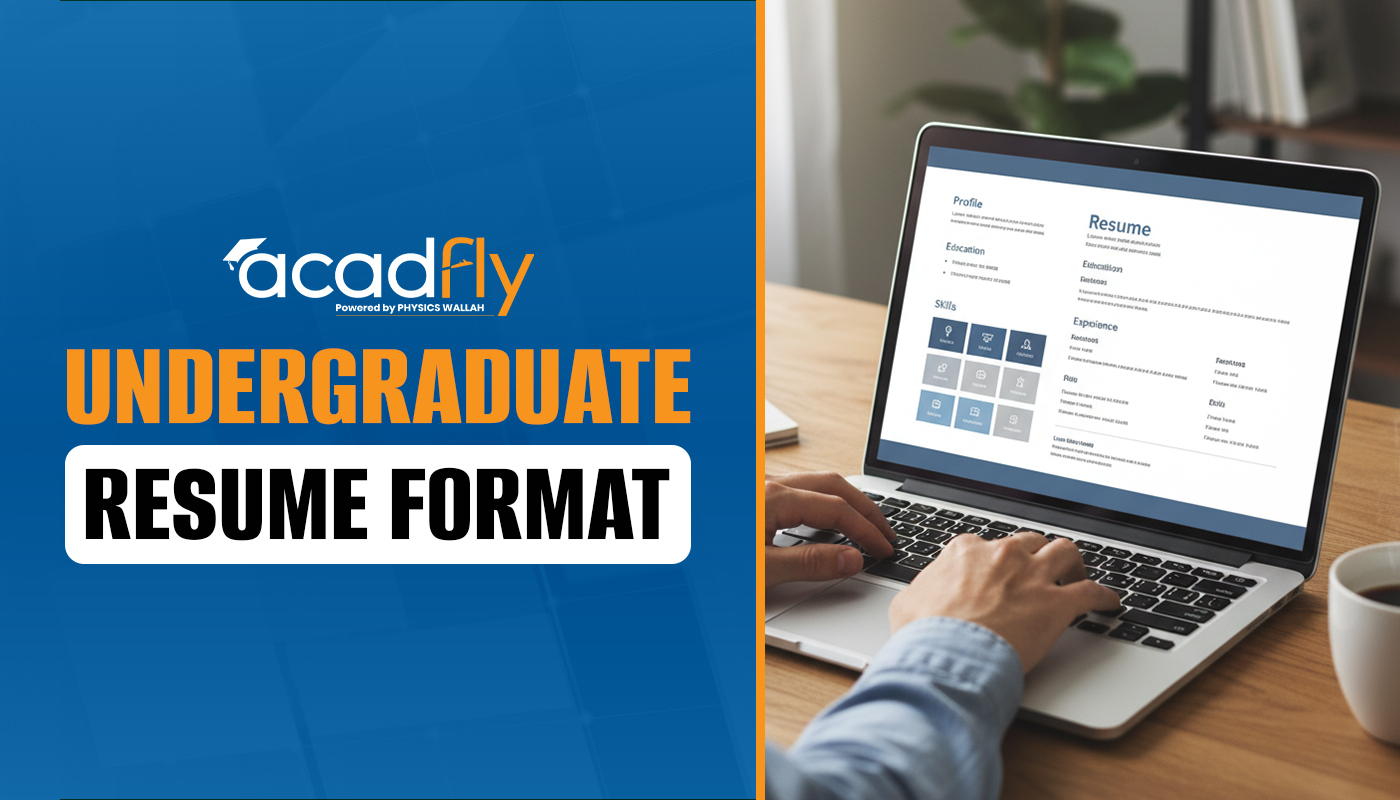
Embarking on the journey to study in the United States is an exciting yet complex process, particularly when it comes to obtaining a US student visa. This process requires careful planning, attention to detail, and an understanding of the various requirements and steps involved. In this comprehensive guide, we will walk you through every aspect of the US student visa application process, ensuring that you are well-prepared to successfully obtain your visa and begin your educational journey in the United States. From understanding the types of visas available to gathering the necessary documents and preparing for your visa interview, we will cover it all.
Understanding the Types of US Student Visas: Which One is Right for You?
When planning to study in the United States, the first step in the US student visa application process is to understand the different types of visas available and determine which one is appropriate for your situation. The most common type of student visa is the F-1 visa, which is issued to international students who are enrolled in academic programs or English language programs at a U.S. college or university. However, there are other types of visas as well, including the M-1 visa for vocational or technical training and the J-1 visa for exchange students.
|
Type of Visa |
Purpose |
Eligibility |
Key Features |
Work Authorization |
|
F-1 Visa |
Academic studies at an accredited U.S. institution |
Accepted into a full-time program (e.g., university, college, high school, or language training) |
The most common student visa; requires proof of sufficient financial resources |
On-campus work up to 20 hours/week during term; Optional Practical Training (OPT) available |
|
M-1 Visa |
Vocational or technical training |
Enrolled in a vocational or technical program |
Limited to vocational or non-academic programs |
No on-campus work; limited practical training options |
|
J-1 Visa |
Exchange programs |
Participation in an approved exchange visitor program (e.g., student exchange, internship, research scholar) |
Sponsored by an organization; includes a variety of exchange opportunities |
Limited work allowed based on program rules; Academic Training (AT) may be available |
How to Apply for a US Student Visa: A Step-by-Step Guide to Navigating the Process
Applying for a US student visa can be a daunting process, but with careful preparation and attention to detail, you can successfully navigate it. Below is a step-by-step guide on how to apply for a US student visa, covering everything from obtaining the necessary documentation to scheduling your visa interview.
Step 1: Obtain Your Form I-20 from a U.S. Institution
The first official step in the US student visa application process is to secure admission to a SEVP-certified U.S. school, college, or university. Once you have been accepted into an academic program, the institution will provide you with a Form I-20, which is a Certificate of Eligibility for Nonimmigrant Student Status. This form is essential for applying for an F-1 or M-1 visa and contains crucial information about your course of study, the cost of attendance, and the duration of your program.
Step 2: Pay the SEVIS Fee
After receiving your Form I-20, you must pay the Student and Exchange Visitor Information System (SEVIS) fee. The SEVIS fee is a mandatory payment that supports the system used by the U.S. government to maintain information about international students. The fee must be paid before you can schedule your visa interview, and you will need to present the payment receipt during your interview.
Step 3: Complete the DS-160 Form
The next step in the process is to complete the Online Nonimmigrant Visa Application, also known as the DS-160 form. This form is available on the U.S. Department of State's Consular Electronic Application Center (CEAC) website and requires detailed information about your background, travel plans, and the U.S. institution you will be attending. It is important to fill out the DS-160 form accurately, as any discrepancies could lead to delays or denial of your visa application.
Step 4: Schedule Your Visa Interview
Once you have completed the DS-160 form, you will need to schedule your visa interview at a U.S. embassy or consulate in your home country. Visa interview appointments can fill up quickly, especially during peak application periods, so it is advisable to schedule your interview as early as possible. During the interview, a consular officer will assess your application and determine whether you are eligible for a US student visa.
Step 5: Prepare for Your Visa Interview
The visa interview is a crucial part of the US student visa application process. To increase your chances of success, it is important to prepare thoroughly. Gather all necessary documents, including your passport, Form I-20, DS-160 confirmation page, SEVIS fee receipt, visa appointment confirmation, and financial documents proving your ability to cover your tuition and living expenses. Additionally, be prepared to answer questions about your academic background, study plans, and future goals. The consular officer may also ask about your ties to your home country to ensure that you intend to return after completing your studies.
Step 6: Attend Your Visa Interview
On the day of your interview, arrive at the U.S. embassy or consulate well in advance of your scheduled appointment time. Bring all required documents and be prepared to present them to the consular officer. During the interview, be honest and confident in your answers. The officer may ask questions about your reasons for studying in the United States, your choice of school, and how you plan to finance your education. If your application is approved, you will be informed of the next steps for obtaining your visa.
Essential Documents Needed for a US Student Visa: What to Prepare
One of the most critical aspects of the US student visa application process is ensuring that you have all the necessary documents in order. Missing or incomplete documentation can lead to delays or even denial of your visa application. Below is a comprehensive list of the essential documents needed for a US student visa, as well as tips on how to prepare them.
Valid Passport:
Your passport must be valid for at least six months beyond your intended period of stay in the United States. If your passport is set to expire before then, it is advisable to renew it before beginning the visa application process.
Form I-20:
As mentioned earlier, the Form I-20 is provided by your U.S. school or university and is required for applying for an F-1 or M-1 visa. Ensure that all information on the form is accurate and matches the information on your other documents.
DS-160 Confirmation Page:
After completing the DS-160 form online, you will receive a confirmation page with a barcode. This confirmation page must be printed and presented during your visa interview.
SEVIS Fee Receipt:
Proof of payment for the SEVIS fee is required for your visa interview. The receipt should be printed and included with your other documents.
Visa Appointment Confirmation:
Once you schedule your visa interview, you will receive a confirmation of your appointment. Bring this confirmation to the interview.
Financial Documentation:
You must provide evidence that you have sufficient funds to cover your tuition, living expenses, and other costs associated with studying in the United States. This can include bank statements, scholarship letters, and financial guarantees from sponsors.
Photographs:
The U.S. visa application requires you to submit a passport-sized photograph that meets specific requirements, including a white background, no glasses, and a neutral expression. Be sure to follow the guidelines provided on the U.S. Department of State website.
Academic Transcripts and Diplomas:
Bring copies of your academic transcripts, diplomas, and any standardized test scores (such as TOEFL or SAT) that were required for your admission to a U.S. institution.
The Importance of Demonstrating Strong Ties to Your Home Country in the US Visa Process for International Students
One of the most critical factors in the US visa process for international students is demonstrating that you have strong ties to your home country. This is important because the U.S. government needs to be assured that you intend to return to your home country after completing your studies. Failure to demonstrate these ties can result in the denial of your visa application.
What Constitutes Strong Ties to Your Home Country?
Strong ties can include a variety of factors, such as family connections, property ownership, employment, and long-term plans that involve returning to your home country. For example, if you have a job offer in your home country that you plan to accept after graduation, this can be considered a strong tie. Similarly, if you own property or have close family members who rely on you, these can also be seen as strong ties.
How to Demonstrate Strong Ties During Your Visa Interview: During your visa interview, the consular officer may ask questions to assess your ties to your home country. Be prepared to provide evidence of these ties, such as a letter from a future employer, proof of property ownership, or statements from family members. Additionally, it is important to clearly articulate your long-term goals and how your U.S. education will help you achieve them in your home country.
The Role of Your Statement: In addition to providing documentary evidence, your statement or letter of intent can play a significant role in demonstrating your ties to your home country. In this statement, you can explain your motivations for studying in the United States, how your education will benefit your career, and why you plan to return to your home country after completing your studies.
Navigating the Visa Processing Timeline: What to Expect and How to Plan
The US student visa application process can take several weeks or even months to complete, so it is important to start early and plan. Understanding the visa processing timeline and knowing what to expect at each stage can help you avoid delays and ensure that you have ample time to prepare for your studies.
Application Timeline: It is recommended to start the US student visa application process as soon as you receive your Form I-20 from your U.S. institution. Ideally, you should begin the process at least three to four months before your intended start date. This allows enough time for each step, including gathering documents, scheduling your visa interview, and waiting for your visa to be processed.
Visa Processing Time: The processing time for a US student visa can vary depending on the U.S. embassy or consulate where you apply, as well as the time of year. During peak application periods, such as the summer months, processing times may be longer. It is advisable to check the current processing times on the U.S. Department of State website and plan accordingly.
What to Do if Your Visa Is Delayed: In some cases, your visa application may be subject to additional administrative processing, which can cause delays. If this happens, it is important to remain patient and avoid making any final travel arrangements until your visa has been approved. If your visa is delayed and your program start date is approaching, contact your U.S. institution to inform them of the situation and inquire about possible options, such as deferring your start date.
Preparing for Your Arrival in the United States: What to Do After Your Visa Is Approved
Once your US student visa is approved, the next step is to prepare for your arrival in the United States. This involves several important tasks, including making travel arrangements, securing housing, and familiarizing yourself with U.S. customs and regulations.
Booking Your Flight: After receiving your visa, you can proceed with booking your flight to the United States. It is advisable to arrive at least a few days before your program's start date to allow time for settling in and adjusting to your new environment.
Securing Housing: Whether you plan to live on campus or off campus, it is important to arrange your housing before arriving in the United States. If you are living on campus, contact your school's housing office to confirm your accommodation details. If you are living off-campus, research rental options and secure a lease agreement in advance.
Understanding U.S. Customs and Immigration Procedures: Upon arrival in the United States, you will go through U.S. customs and immigration. Be prepared to present your passport, visa, Form I-20, and any other required documents. The immigration officer may ask you questions about your studies and your stay in the United States, so it is important to answer honestly and confidently.
Orientation and Registration: Many U.S. institutions offer orientation programs for international students. These programs provide valuable information about campus resources, academic expectations, and cultural adjustment. It is highly recommended to attend these sessions to help you acclimate to your new environment.
Frequently Asked Questions
1. How long does it take to get a US student visa?
2. What are the main F1 visa requirements for students?
3. What Documents are needed for a US student visa interview?
4. Can I work while studying on an F-1 visa?
5. What should I do if my US student visa application is denied?

